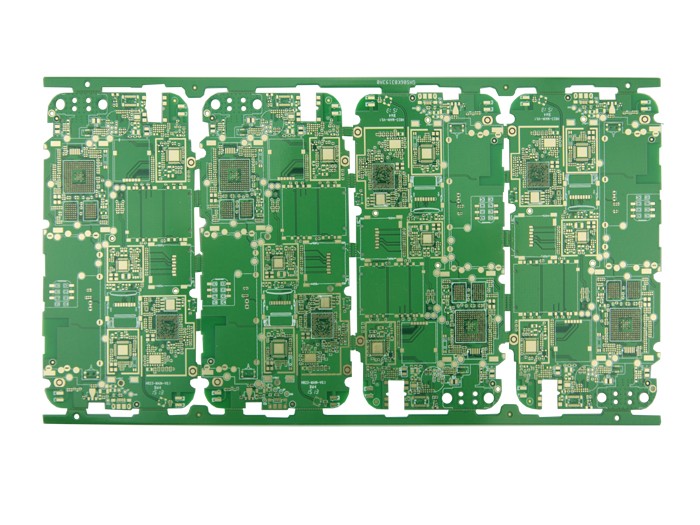InPCB design, electroplating additives include inorganic additives (such as cadmium salt for copper plating) and organic additives (such as coumarin for nickel plating, etc.). In the early days, most of the electroplating additives used were inorganic salts, and then organic compounds gradually gained a dominant position in the ranks of electroplating additives. Classified by function, electroplating additives can be divided into brighteners, leveling agents, stress relief agents and wetting agents. Additives with different functions generally have different structural characteristics and mechanisms of action, but multifunctional additives are also more common. For example, saccharin can be used as both a nickel plating brightener and a commonly used stress relief agent; and additives with different functions may also follow the same Mechanism of action.

Mechanism of electroplating additives
The metal electrodeposition process is carried out step by step: first, the electroactive material particles migrate to the outer Helmholtz layer near the cathode for electrosorption, and then the cathode charge is transferred to the adsorbed part of the electrode to desolvate ions or simply The ions form adsorbed atoms, and then the adsorbed atoms migrate on the surface of the electrode until they merge into the crystal lattice. One of the above processes produces a certain overpotential (respectively, migration overpotential,
activation overpotential and electrocrystallization overpotential). Only under a certain overpotential can the metal electrodeposition process have a sufficiently high grain nucleation rate, a medium charge transfer rate, and a sufficiently high crystalline overpotential, so as to ensure that the coating is flat and dense, and is firmly bonded to the base material. The appropriate electroplating additives can increase the overpotential of metal electrodeposition and provide a strong guarantee for the quality of the coating.
1, diffusion control mechanism
"In most cases, the diffusion of additives to the cathode (rather than the diffusion of metal ions) determines the electrodeposition rate of the metal. This is because the concentration of metal ions is generally 100 to 105 times the concentration of additives. For metal ions, the current density of the electrode reaction is much lower than its limiting current density.
In the case of additive diffusion control, most of the additive particles diffuse and adsorb on the protrusions, active parts and special crystal faces of the electrode surface with greater surface tension, causing the adsorbed atoms on the electrode surface to migrate to the recesses on the electrode surface and enter the crystal lattice. So as to play the role of leveling and brightening.
2, non-diffusion control mechanism
According to the dominant non-diffusion factors in electroplating, the non-diffusion control mechanism of additives can be divided into electro-adsorption mechanism, complex formation mechanism (including ion bridge mechanism), ion pair mechanism, change Helmholtz potential mechanism, and change Electrode surface tension mechanism, etc.
The above is an introduction to the principle of process electroplating additives in PCB design and production. Ipcb is also provided to PCB manufacturers and PCB manufacturing technology.